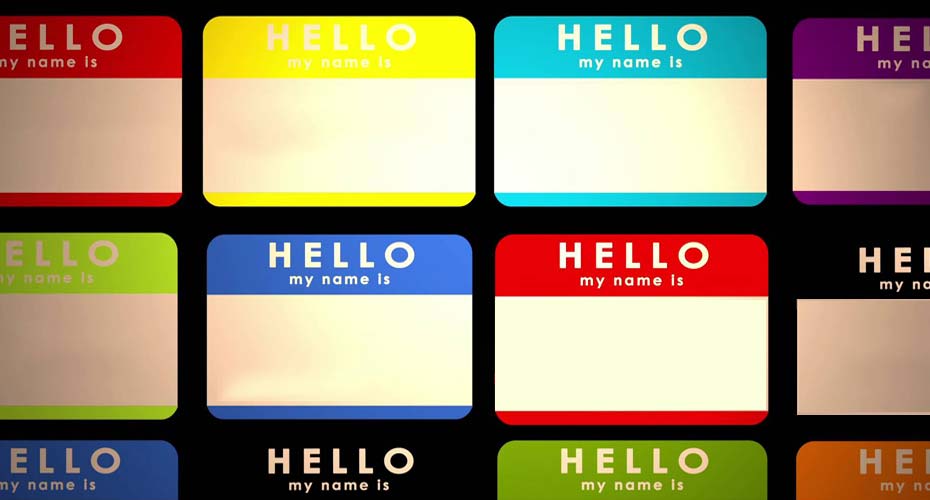Remember Your Students’ Names: Three Tips

Dale Carnegie, in his influential How to Win Friends and Influence People, says “the sweetest sound to anyone is the sound of their own name.”
This is particularly important when you’re a teacher. Remembering your students’ names shows them that you care, allows you to address them more directly and clearly, and is a simple way of earning respect. Strangely, remembering names has become such a rare skill that being able to remember people’s names is almost seen as an otherworldly gift like clairvoyance or being able to solve complex math problems in your head.
One of the best pieces of advice I’ve ever received for remembering people’s names was simply “actually remember them.”
When you let go of the idea that you can’t remember names, then the possibility of remembering them begins. A few tips:
Listen
It’s easy to have someone introduce themselves to you and then within a second of them uttering their name realize that you had not even bothered to take it in. The process of repeating someone’s name back to them helps. If you realize that you didn’t take it in, ask immediately. It’s always the least awkward to re-ask for names at the beginning of a session than at the end.
Practice
Learning your students’ names is a skill. Just like wielding a sword, it takes time, energy, and a lot of failures. Be easy on yourself and make sure that you get in a lot of reps. Carry no shame in forgetting, and get your students used to the idea of you asking them more than once.
Develop Strategies
There are dozens of strategies that people use to remember names from alliterative associations (tall Tony), to visual associations (Jessica’s hair curls in the shape of a “J”), to practice rhythms (use their name two times upon learning it). Find strategies that work for you. A quick internet search reveals dozens of articles and videos on the subject.
Make it an objective to know a student’s name by the end of their second class. It’s one of the simplest things you can do to make your students light up and work harder.




